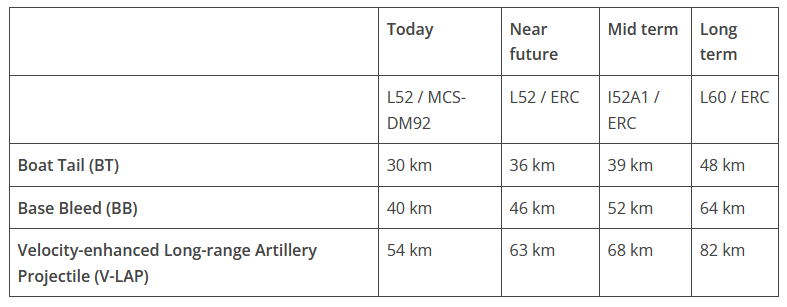Kat Tsun
eeeeeeeeeeeeeee
- Joined
- 16 June 2013
- Messages
- 1,366
- Reaction score
- 1,773
You seem to be misunderstanding something. I'm saying that tactical nukes used by the Red Army would result in nukes dropping on Moscow 100% of the time.
Yes, this was known, and the loss of the CPSU was a sacrifice the Red Army was prepared to make. Good armies plan to fight without political leadership telling them to do things, because it ensures a military response is assured, even in the event of a decapitation strike.
That was the cause of the freakout in the Red Army.
There wasn't a "freakout" at all? RK-55 and other weapons were just delayed until the 1990's, after the USSR decided to dissolve itself.
The Red Army planned to fight under nuclear conditions, and if necessary, post-nuclear conditions. The USSR had a comprehensive civil defense, massive distributed stockpiles of materiel and munitions, and expected that at least some portions of the USSR would survive a nuclear exchange. Mostly this planning was led by the Red Army after Brezhnev because it became obvious that the CPSU would not survive the war.
The Red Army expected to fight and win a nuclear war. If that means a brigade of T-62s from Uzbekistan are the thing that conquers Bonn, so be it. The CPSU tried very hard to prevent a nuclear war from occurring and succeeded.
As I said, it's a tangent, but it's an alternative viewpoint to the distinctly American (and Western European) idea that nuclear war means an end to all human society, rather than an inflection point in power disparity between two competing systems that allows the weaker system to overcome the stronger one.
My point about the ERCA and using nuclear weapons is that if you're going to have a small batch weapon that is specialized in purpose, it makes more sense to make it a nuclear weapon, rather than a conventional munition. Nuclear weapons are only going to be procured in small quantities and never expended in training, and can be stored for literal decades without significant degradation. Conventional weapons, even high performance ones like PGMs or cassette munitions, require at least a one to one ratio for each enemy system you need to kill. Only nuclear weapons can achieve multiple kills on enemy systems per munition reliably.
Making it a strategic system for a Corps or Theater commander to use wouldn't require altering the initial basis of issue. Functionally, it would just be a return of the 8" guns, and the 100-150 odd tactical nukes, that U.S. corps commanders had in the 1980's. Maybe multiplied by a few times over, but America's enemies have a lot more tanks and troops than America has conventional shells to spare, given it can barely keep up with Ukraine's demands.
Perhaps that is what ERCA will become once the Army realizes that cannons stop being "dozens of rounds" cheap at around 70 km.









